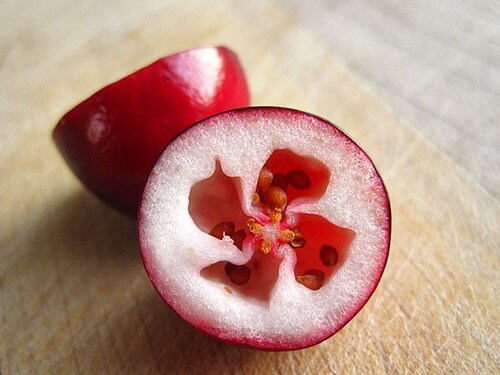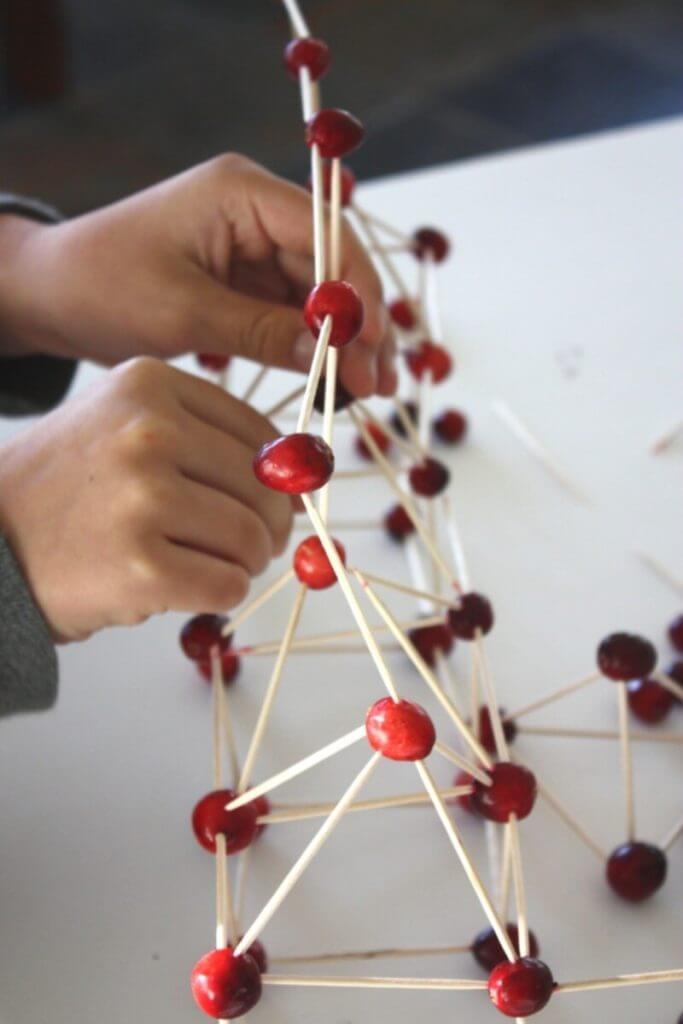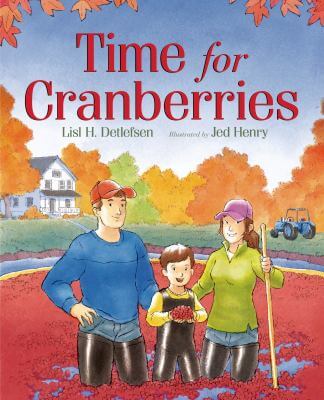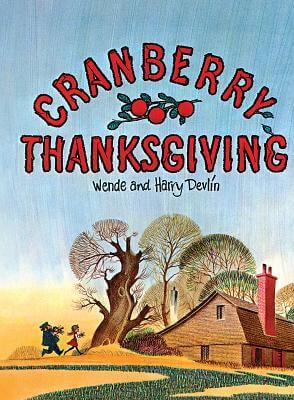I love cranberries. Cranberry sauce, cranberry compote, dried cranberries in my cereal. But cranberries with my science? You bet. This is the time of year the fresh cranberry displays start popping up in your local grocery store since cranberries are in season from October to December. And if you’re like me, you buy them with every intention of making a Martha Stewart worthy side dish, only to buy the canned stuff the night before the big feast. So what to do with those bags of good intentioned fresh cranberries? Have some sensory STEM fun!
Kids love to play with water. So do cranberries sink or float? Fill up the sink with water and find out. Hint: They float. But why? Cranberries have a small pocket inside that fills with air making them buoyant. If you prick a hole in a berry with a toothpick, can water get in and make it sink? Guess what else that air makes them do? Bounce! Have your kids feel the berries. They feel pretty hard, not squishy like most berries. Drop one on a hard surface and watch nature’s super ball in action.

This is also the time of year we have all heard “over the river and through the wood”. Chances are you’ll be crossing a bridge, especially here in Pittsburgh. Gather some more of those toothpicks and dry off your berries. Can your little engineers build a cranberry bridge? Use the cranberries as connectors by sticking the toothpicks into the berries. Balance an index card on the surface of the bridge and add pennies one by one to see how much weight your bridge can hold.

Still have some berries left? Sort all the good ones into a bowl and discard the rest. Let’s see what cranberries taste like! Wait! You’re not gonna want to just pop a fresh cranberry into your mouth. They are very bitter. So bitter that eating a raw cranberry could give you a bellyache. Some fun and science-y things happen when you cook cranberries. Here’s a simple recipe from Food Network’s fellow science lover Alton Brown:
Wash the cranberries and discard any soft or wrinkled ones.
Combine ¼ cup (freshly squeezed) orange juice, ¼ 100% cranberry juice (not cocktail) and 1 cup honey in a 2-quart saucepan over medium-high heat. Bring to a boil and then reduce the heat to medium-low and simmer for 5 minutes. Add 1 pound of cranberries (approx. 4 cups) and cook for 15 minutes, stirring occasionally, until the cranberries burst and the mixture thickens. Do not cook for more than 15 minutes as the pectin will start to break down and the sauce will not set as well. Remove from the heat and allow to cool for 5 minutes.
Carefully spoon the cranberry sauce into a 3 cup mold. Place in the refrigerator for at least 6 hours and up to overnight.
Remove from the refrigerator, overturn the mold and slide out the sauce. Slice and serve. (source: FoodNetwork.com)
This recipe only has four ingredients, three of which are mostly sugar. That gives you an idea of just how bitter cranberries are. Also, one of them is an acid, the orange juice. That acid is going to help the berry pectin, a fiber found in fruits, mix with the sugar to create a gel. The other cool thing that will happen is that the berries will burst! That air inside that made them float and bounce heats up and causes the berries to explode.
There’s a lot of STEM packed into this native North American berry!
Check out these books for more cranberry and Thanksgiving fun:
Cheryl is a Children’s Library Assistant at CLP – South Side. She loves fuzzy blankets, doughnuts and daydreaming.



